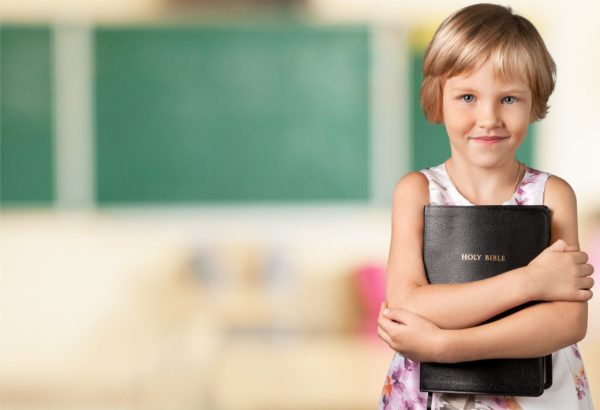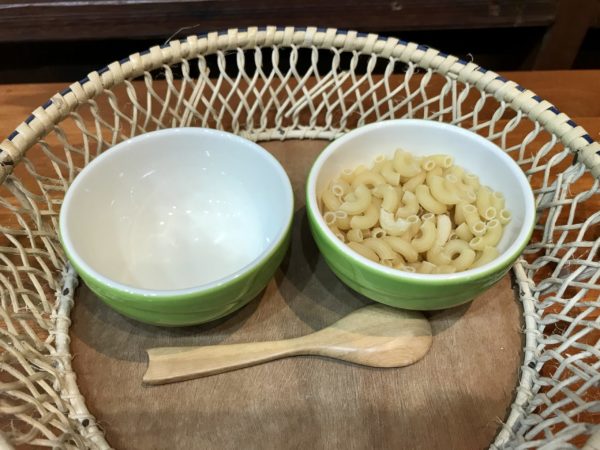Comparing the Methods of Montessori and Charlotte Mason
How to best educate your child has always been a concern for caring parents. It can be confusing for parents to choose an educational path. You can feel like a part-time researcher trying to figure out the differences between different methods, like Montessori and Charlotte Mason.
I’ll help you with your homework by breaking down the methods, similarities, and differences between the two choices.

A Little Background on Two Special Women
It’s always helpful to know the background of the methods and the people who created them. So let’s take a brief glimpse into the lives of the groundbreaking women behind these methods — Charlotte Mason and Maria Montessori.
Mason and Montessori used their professional experiences to develop new educational philosophies, both gaining popularity with home school families.
Mason, who lived from 1842 to 1923, was an English educator who authored several school books as she formed her basis for a liberal education for all. She went on to lecture, author many more books, and establish a parental educational union to help families obtain helpful resources.
She embarked on worldwide speaking tours and opened a school to train governesses and others responsible for the upbringing of children. Her methods continue to grow in popularity to this day.
Montessori, who lived from 1870 to 1952, was an Italian doctor and educator who began developing her educational philosophy during her research for the University of Rome.

Working in the university’s psychiatric clinic, she used her observations of mentally disabled children to form the fundamental groundwork of her new approach to education. She became their advocate and helped open a training school for other educators working with such children.
She later adapted many of these new methods for regular children. As the popularity of her methods grew, she continued to write, lecture, and develop new approaches toward providing the best education possible. Today, there are tens of thousands of Montessori schools.
Both believed in the power of nature and the benefits of experiencing it firsthand and on a regular basis.
The Basics of Mason
An essential motto of Mason was that “Education is an atmosphere, a discipline, a life.” She thought children should be respected as individuals and that there’s an innate desire within them to learn.
Anyone who has seen a curious toddler inspecting the underside of a toy car to see how they operate knows that’s true.
Mason believed parents were their children’s first teachers. She encouraged them to learn how to understand the basic stages of their development.
To assist them in their teaching from home, she began publishing a newsletter. Her approach was to establish a positive learning environment centered on the student and which featured a broad curriculum.
She used concepts more than factual learning and emphasized the importance of good literature that engaged a child’s imagination.
She also taught her children about the powerful philosophical ideas of will and reason. And while Mason’s students did memorize things such as a variety of songs, poetry, and biblical scripture, she didn’t make them memorize things simply for the sake of doing it.

She focused on the presentation of good ideas, their associated facts, and the thoughts which they inspired. She believed children should be presented with new ideas and concepts through the stories contained within captivating books rather than the teacher trying to convey dry ideas independently.
Mason encouraged children to learn how to work in any environment and to be able to work around distractions. She stressed an “education of the mind” and the importance of developing good character.
That’s certainly something the world could use a little more of today – people with good character!
She scheduled their work periods to be brief lessons of 10 to 20 minutes, which were teacher-directed. She began teaching them grammar, independently from reading and writing, around the age of 10 years old.
Today, many private and charter schools use the Mason method of education, and when her work was re-published later in the century it gained new popularity with families choosing to home school.
The Basics of Montessori
Montessori believed in the development of a child’s natural ambition and innate abilities through practical play and exercises. Where Mason believed in an “education of the mind,” Montessori believed in an “education of the senses.”
Students are allowed to progress at their own speed in environments tailored to be nurturing to their education. She used materials similar to real-world items, but which had been reduced in size for easier handling.
Montessori found children preferred practical work lessons rather than strictly imaginative play and that it helped them stay focused longer.

Younger students are encouraged to learn through exploration and their senses. Older students are then taught abstract concepts and how to understand them through their nurtured abilities of reasoning and creativity.
Montessori scheduled longer work sessions of up to three hours and which were self-directed and self-corrected. She also taught grammar in conjunction with reading and writing.
A teacher of a Montessori student will prepare a nurturing environment in which to learn and instruct the child on how to use it. But they will then allow the student to work independently at their own pace.
As they grow and learn, the students are eventually allowed to pursue their own research projects.
The Montessori method nurtures independent learning with specially designed materials, whereas the Mason method focuses on learning new ideas through great “living” books rather than mundane textbooks.
A Conflict of Ideas: Montessori and Charlotte Mason
While both Mason and Montessori spent their lives working to improve the education of children, they also didn’t necessarily always agree with each other’s methods.
While Mason appreciated Montessori’s environment and publicly lauded the students, she also felt they were allowed too much freedom and weren’t given enough discipline. She was also opposed to Montessori’s exercises with the senses.

Mason believed children didn’t need specially designed materials, and that they’d benefit more from studying classic literature, as well as the works of great philosophers such as Plutarch. She felt this type of study was essential in order to develop a strong character and encourage academic and intellectual development.
In 1915, Mason wrote a letter to the editor of The Times in which she said the Montessori method was appealing to many because of how early children learned to read and write, earlier than the students of her own method.
But she stated that an overall education wasn’t just about reading and writing.
How It Looks in Practice
I’ve outlined the concepts behind each method, as well as their overall objectives. But how does each method look when put into practice?
What can you expect to see your child doing with each method?
With Mason, they’ll:
- Learn through stories.
- Study the Bible.
- Have plenty of outdoor learning time, like walks in nature.
- Have the freedom to choose how to study and even what to study.
- Have short learning sessions. It could be 5 to 15 minutes for young children. And 45 minutes or so for older children.
- Practice narration.
- Study art and music.
With Montessori, they’ll:
- Learn independence.
- Learn to read and write at a young age.
- Be in a multi-age classroom (if they are in a Montessori school, instead of being home schooled).
- Practice responsibility by learning to use their time wisely.
- Learn a sense of self-discipline.
- Have a classroom with designated workstations.
- Learn about putting materials away when they’re done with them and keeping their spaces in order.
- Have a teacher as a guide, not a leader.
- Work at their own pace.
- Be allowed to be creative.
Which Method to Choose
Parents will no doubt find many supporters of both educational methods. While each method has been used to teach countless students successfully, home school parents need to choose a method that will work for their child and their unique situation.
The most important thing is that you are putting the time into learning about each method. You clearly care about your child and their education.
Given that amount of time and love, your child will thrive no matter which method you choose.
Also check out the differences between Montessori and Waldorf and Montessori and Reggio!
Cheers and don't forget to subscribe!
